Gaming
How to Get Started with 2D Game Character Design
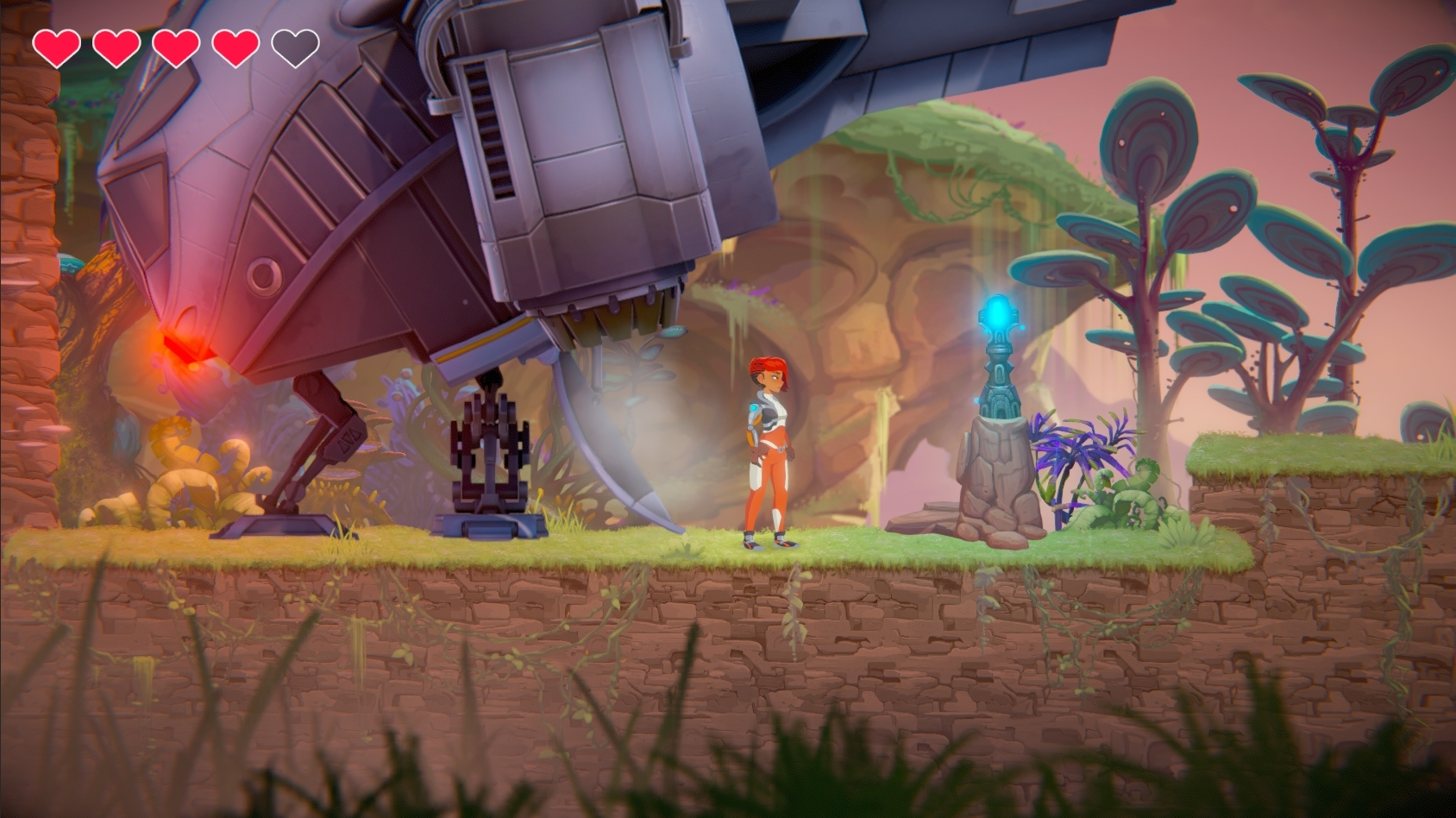
Creating 2D game characters is an important part of the game development process. But it can be tricky – especially if you’re new to it. That’s why it’s best to ask the professionals such as game art outsourcing service for help.
If you’re not sure where to start, or if you need some tips on how to improve your skills, we’ve put together a guide on How to Get Started with 2D Game Character Design. This guide covers everything from anatomy and proportions to adding color and highlights. So whether you’re just starting out, or you’ve been designing characters for years, we hope this guide will be helpful for you!
1. What is 2D game character design and why is it important
Two-dimensional (2D) game character design is the process of creating stylized images of characters to be used in video games. While early video games used simple 2D sprites, modern games frequently feature complex characters with a wide range of animations. Character design is an important part of creating a successful video game, as it helps to set the tone and style of the game. Players should be able to easily identify the main characters and their personality traits from their designs. In addition, the visuals should match the game’s overall aesthetic. For example, a cartoony game would have very different character designs than a gritty, realistic game. Ultimately, 2D character design is an important tool for shaping the look and feel of a video game.
2. The basics of 2D game character design – anatomy, proportions, poses
When it comes to designing 2D game characters, there are a few basic principles that you need to keep in mind. First, it’s important to get the anatomy right. This means ensuring that the proportions of the character are accurate and that the joints are placed where they should be. Second, you need to consider the character’s poses. How will they stand? How will they sit? What kind of expressions will they have? All of these factors will play a role in how realistic and believable your characters are. Finally, don’t forget about the details. Clothes, hair, and accessories can all help to add personality and style to your characters.
3. How to create a character concept – brainstorming, thumbnails, refining your idea
Brainstorming is an important part of developing any game character. To get started, try thinking about what kind of role your character will play in the game. Are they the hero or the villain? Will they be a support character or a damage dealer? What is their backstory? Once you have a general idea of your character, you can begin to sketch out some thumbnail designs. This is a great opportunity to experiment with different looks and styles. Don’t be afraid to try something new! After you’ve settled on a design you’re happy with, it’s time to start refining your idea. Think about your character’s personality and how that will influence their interactions with other characters in the game. What kind of voice will they have? What are their motivations? By taking the time to develop a well-rounded character concept, you’ll ensure that your game is always entertaining and engaging.
4. Drawing your character – line weight, shading, details
When creating a game character, line weight, shading, and details are all important factors to consider when drawing your game character. Line weight can make your character appear either lightweight or bulky, and can help you to create a sense of movement. Shading can add depth and dimension to your character, and can also be used to create different moods. And finally, details such as facial expressions and clothing can help bring your character to life. By taking the time to consider all of these factors, you’ll be able to create a truly unique and memorable game character.
5. Final touches – adding color, highlights and shadows, textures
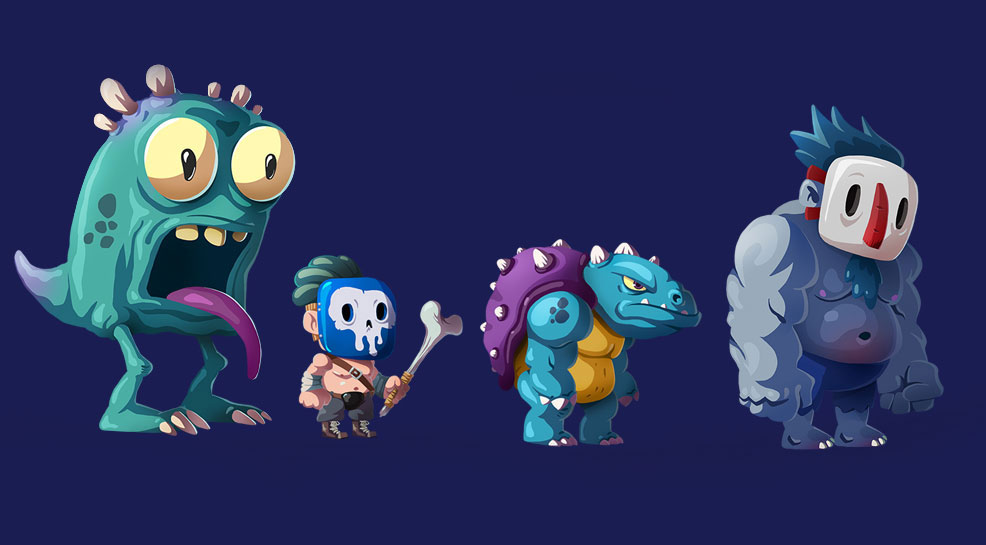
Once you have your game art character sketched out and in black and white, it’s time to add color. This is where you can really start to bring your character to life. You’ll want to choose a color scheme that makes sense for your character and fits with the overall aesthetic of your game. Once you have your colors selected, you can start adding highlights and shadows. This will help to create depth and dimensionality in your character. Finally, don’t forget to add textures. This can be anything from fur to scales to clothing. Textures can really help to bring your game art character to life and make them feel more realistic.
6. Tips for animating your characters
When it comes to game art, character animation is one of the most important aspects to consider. After all, players need to be able to see and control their characters in order to interact with the game world. Here are a few tips to help you animate your game art characters:
1. Start with the basics. Before you start adding lots of details and special effects, make sure your character can perform the basic actions that will be required in the game. This includes walking, running, jumping, and climbing.
2. Make your character expressive. One of the best ways to add personality to your game art characters is to give them facial expressions that match their emotions. This will help players feel more connected to their characters.
3. Use reference images. When you’re creating animations, it can be helpful to use reference images from real-life sources such as movies or videos. This will ensure that your animations look realistic and believable.
4. Pay attention to timing and movement. Timing is everything when it comes to animation, so make sure your character’s movements are smooth and fluid. Similarly, pay attention to the speed at which your character is moving; too fast or too slow can both ruin an animation.
5. Test your animations before you release them. Once you’ve created your animations, it’s important to test them in-game to make sure they work correctly and don’t cause any bugs or glitches. Only release your final product once you’re confident that everything looks and works as it should.
Final Thoughts
Creating a well-rounded and expressive game art character takes time and patience, but the end result is always worth it. By following these tips, you’ll be able to create characters that players will love spending time with. So get creative and have fun with it!
-

 Call Of Duty6 years ago
Call Of Duty6 years agoCall of Duty: Black Ops 4 January 22 Update Presents KAP-45 for Barbarians Special Event
-
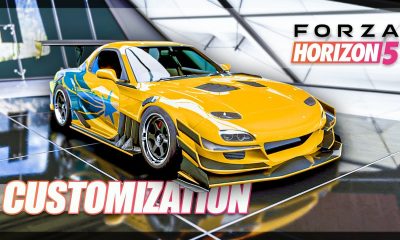
 Gaming2 years ago
Gaming2 years agoHow to Customize Cars in Forza Horizon 5
-
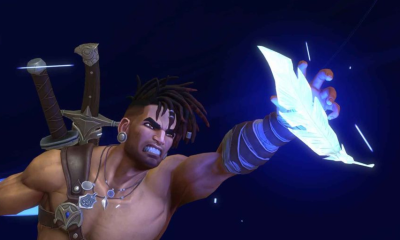
 Gaming5 months ago
Gaming5 months agoPrince of Persia: The Lost Crown – How to Find Azure Damascus Ore
-
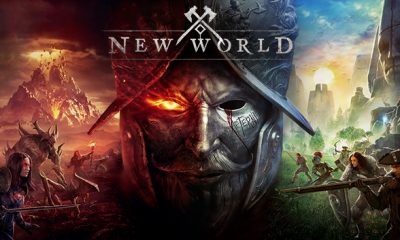
 Gaming3 years ago
Gaming3 years agoHow to Start Playing New World on Amazon











